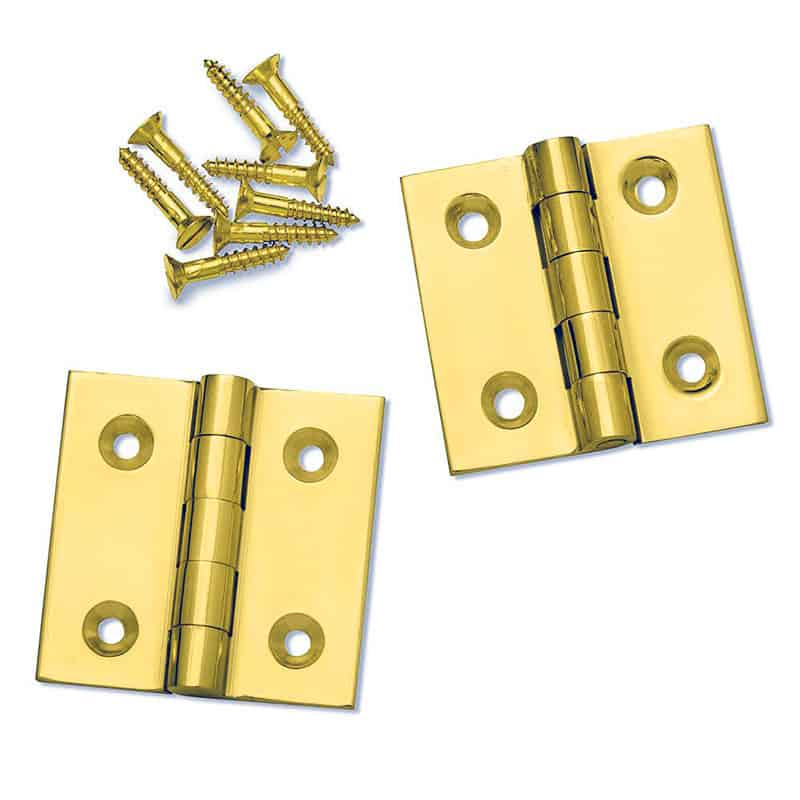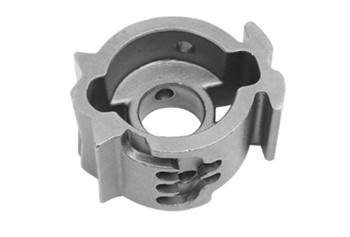Long shaft workpiece is a common lathe turning workpiece. Due to the poor rigidity of the long shaft workpiece, it is difficult to ensure the machining quality of the long shaft workpiece due to the stress and thermal deformation generated during turning.
We can ensure the machining quality standard of long shaft by using proper clamping method and selecting reasonable lathe tool Angle and cutting speed.
Turning is a method of machining cylindrical parts. When the workpiece is rotated, the tool moves in a straight line.
Turning is usually done using a lathe, which reduces the diameter of the workpiece to a specified size and produces a smooth part surface.
The turning center is a lathe with computer digital control. The precision turning center can also perform various milling and drilling operations.

Lathe processing long shaft steps
Lathe processing of a long shaft is to remove metal from the outer diameter of the rotating long shaft workpiece to obtain the desired size and accuracy.
Lathe turning is used to reduce the diameter of long-axis workpieces, usually to a specified size, and to produce a smooth finish on the long-axis workpieces. Often, long-axis workpieces are turned so that adjacent parts have different diameters.
Machining method of long shaft
The long shaft of a CNC lathe is generally not a long shaft. Only the tail top can be lathed. Here we mainly talk about the processing method of long shaft. The so-called long shaft usually refers to the parts with an aspect ratio of more than 25. The following three methods are generally used to process the long shaft
CNC lathe:
The purpose of using a random lathe is to offset the influence of radial cutting forces on the workpiece during machining and reduce cutting vibration and deformation of the workpiece due to insufficient rigidity.
When using a follow up lathe, it is necessary to ensure that the center of the number of beds is consistent with the center of the cutter tower, because the characteristics of the cutter tower are not suitable for the workpiece that needs to be turned twice in Switzerland, only once in situ.
Hydraulic center frame:
The hydraulic center frame can make a support point in the middle point of the chuck and tail seat during processing, so as to wait for the deformation problem caused by the rigidity of the three-point support workpiece, so as to ensure the accuracy of the long shaft processing, and also solve the problem that the tool holder can not turn twice.














